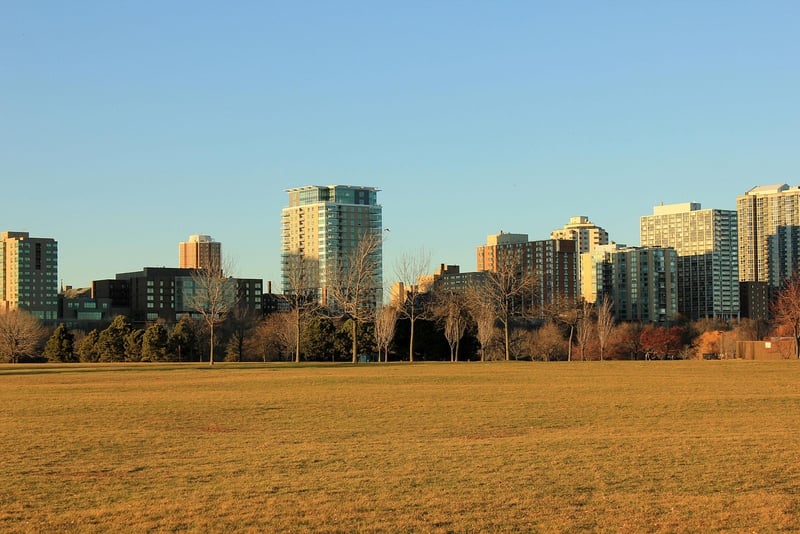Cityscape Greenery
The Benefits of Green Spaces in Urban Areas
As cities grow and become more crowded, the importance of green spaces within urban areas cannot be overstated. Green spaces are vital for both the environment and the well-being of city dwellers. From parks to rooftop gardens, incorporating greenery into the cityscape offers numerous benefits.
1. Improved Air Quality
Green spaces help reduce air pollution by absorbing carbon dioxide and releasing oxygen through photosynthesis. Trees and plants act as natural air filters, making the air cleaner and healthier for city residents to breathe.
2. Urban Heat Island Effect Mitigation
Green spaces help to combat the urban heat island effect by providing shade and cooling the surrounding areas. Trees and plants reduce the temperature in cities, making them more comfortable during hot summer months.
3. Mental Health Benefits
Spending time in green spaces has been linked to reduced stress, anxiety, and depression. Parks and gardens offer a peaceful retreat from the hustle and bustle of city life, promoting mental well-being among urban dwellers.
4. Biodiversity Support
Green spaces provide habitats for various plant and animal species, promoting urban biodiversity. By creating green corridors and interconnected green areas, cities can support wildlife and enhance ecological balance.
5. Community Spaces
Parks and green areas serve as gathering spots for communities, fostering social interactions and a sense of belonging. They provide venues for recreational activities, events, and outdoor gatherings, strengthening community ties.
6. Aesthetic Value
Green spaces enhance the visual appeal of cities, adding beauty and tranquility to the urban landscape. Trees, flowers, and greenery contribute to a more attractive cityscape, making urban areas more inviting and livable.
7. Sustainable Urban Development
Integrating green spaces into urban planning promotes sustainable development by improving environmental quality, conserving energy, and enhancing overall urban resilience. Green infrastructure plays a crucial role in creating cities that are both eco-friendly and resilient to climate change.
Conclusion
Green spaces are essential components of urban environments, offering a wide range of benefits to both the city and its residents. By prioritizing the creation and preservation of green areas, cities can improve air quality, mitigate the urban heat island effect, enhance mental well-being, support biodiversity, strengthen communities, enhance aesthetics, and promote sustainable development.

Let's work together to create a greener, healthier, and more vibrant urban landscape for all to enjoy!
